starryeyed
Ideal_Rock
- Joined
- Nov 6, 2006
- Messages
- 2,398
When looking at the WF ACA RB diamonds, I noticed that the center area above the culet on almost every AGSL Computer Generated Light Performance Map (on Platinum Diamond Quality Documents) differs. The center area can be red, green, or a combination of both.
Of course I understand that every diamond is different, but what does this mean in terms of visual appeal of a stone? Is it a personal preference sort-of-thing or are diamonds that are all red in the center more visually appealing?
I'm attaching a few images from different PDQD's.
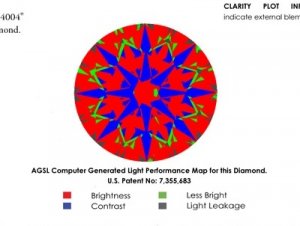
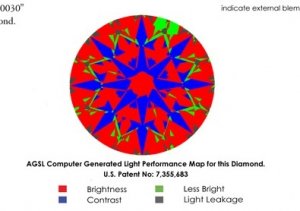
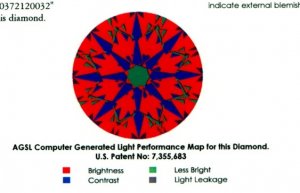
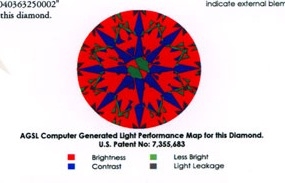
Of course I understand that every diamond is different, but what does this mean in terms of visual appeal of a stone? Is it a personal preference sort-of-thing or are diamonds that are all red in the center more visually appealing?
I'm attaching a few images from different PDQD's.





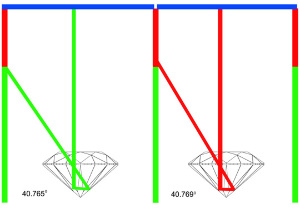

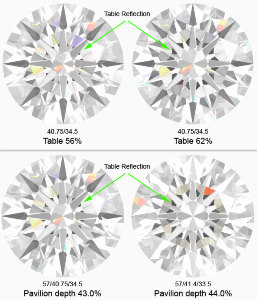
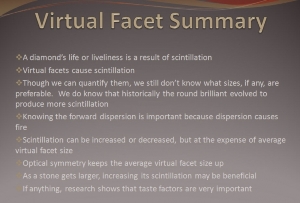
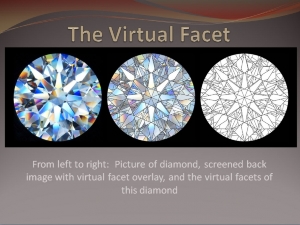


300x240.png)